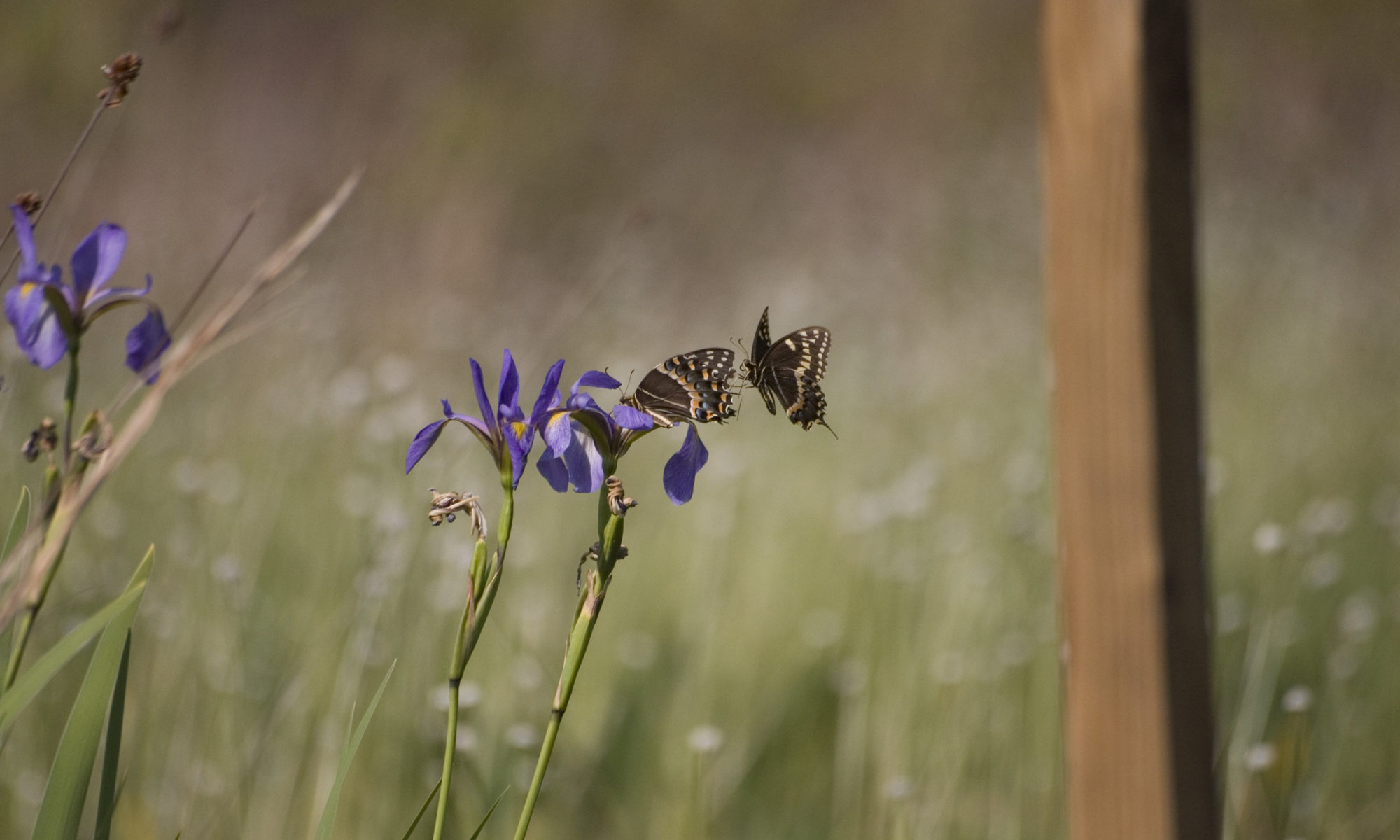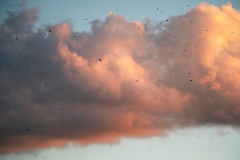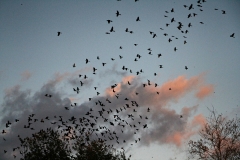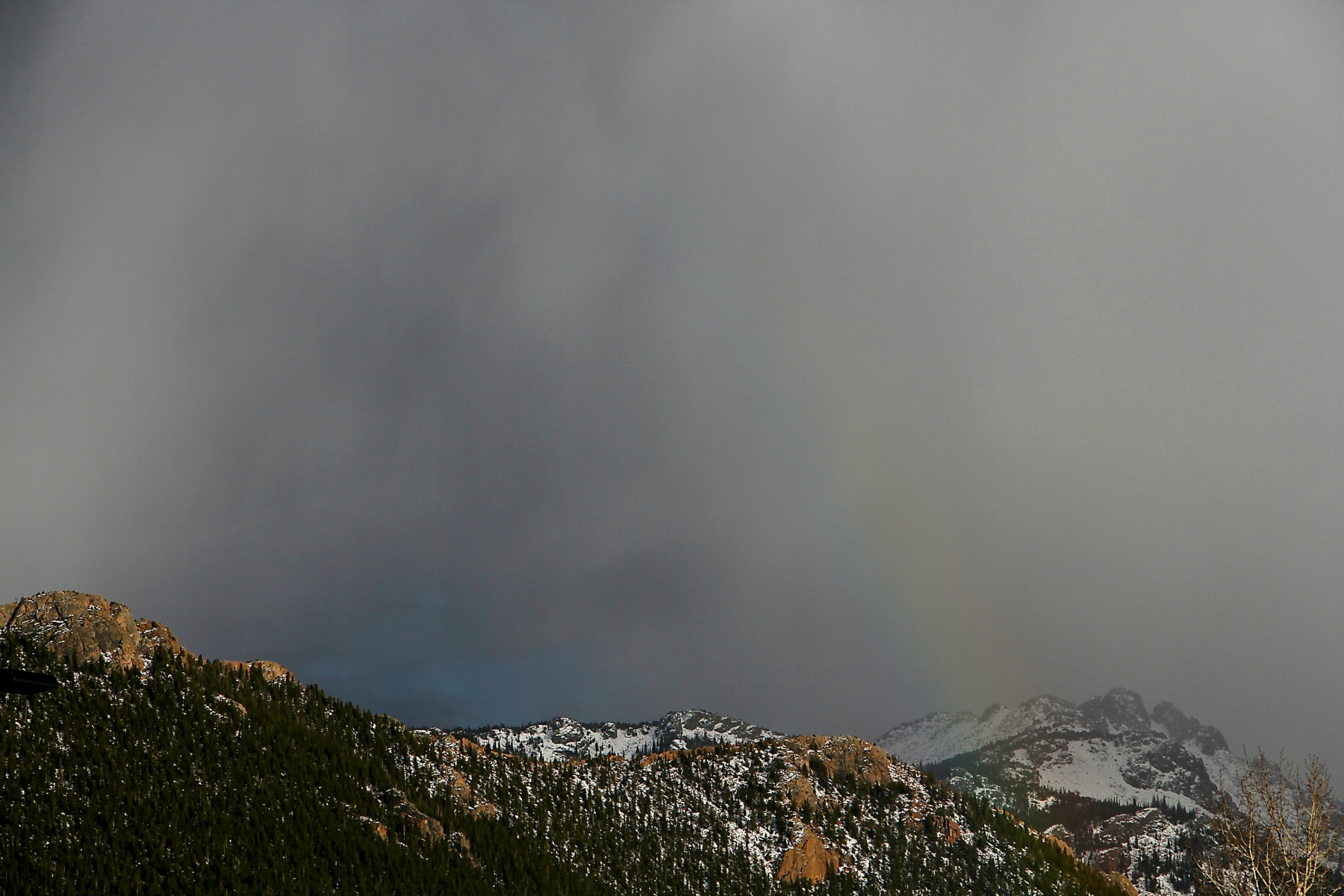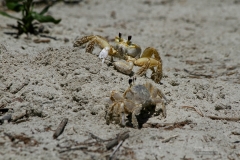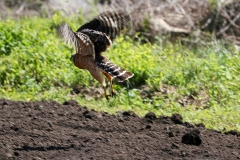One of my earliest memories of trees hails back to around the age of 4 or 5. I grew up in Detroit and in the midst of this huge city, we had three Elm trees (the woods!) that were embedded among some bushes and nestled against our ‘barn’. I had darted into this lush environment and also had my first experience with spiders. A huge (at least three feet in diameter) spider was there waiting for me among those Elms, sitting in the web he had stretched between them. I was horrified!
On the other side of our home was another huge tree that reached far above the top of our home. I remember climbing and climbing up that tree until that limb I thought I had a hold of slipped past my grasp and I went flying towards the ground. I don’t recall how far up I had reached, but I remember landing flat on my back and letting out a scream. Neighbors and family came running and am still among the living today.
What’s your tree story? I know you have at least one. Throughout our lives, these majestic beings that reach towards the skies have provided for us more than we’ll ever know. I didn’t know this and had never really thought that deeply about trees until many years into my adult life. Sure, spring would come along and the Dogwood trees would flower in beautiful ways. And who doesn’t think about trees when fall swings back around each year. Trees add beauty and a sense of wonder, but they do so much more.
In recent years, I’ve heard the phrase urban forest. Most of us think about forests and we think about faraway places where we may go out for hikes, or those special places where we can escape from the pressures of our human built environment. Yet, it’s our community trees that we connect with and are restored by on a daily basis. How, you might ask? Mind, body, and spirit.
Well before our modern hand gadgets, the smartphone and tablet, John Muir talked about the need for nature to get away from the stressors of modern life. What would he think of today’s culture with all of its digital connectedness? In our always connected digital world, we have access to so much information and instant communication that it is no wonder that signs of wear & tear show up in our society. The National Library of Medicine reports in “Urban Trees and Human Health: A Scoping Review” that after screening thousands of articles, they summarized benefits of urban forests to human health to include a 31% restoration of capacities. This restoration included areas such as attention restoration, mental health, and stress reduction. Many of us already know this from our lived experience and now science underlines this with data. Do you want to live longer, or more fully? Embrace our urban forests.
When we talk about urban forests, what we’re really talking about is infrastructure. Water Oaks are one of the trees that are native to Georgia and it takes about 30 to 50 years for them to fully mature in height and span. At their peak, they’ll reach somewhere between 50 to 100 feet tall and 60 to 70 feet wide. That the tree could be seen as anything but infrastructure is baffling. A tree with its limbs spanning out over 60 feet offers a lot of shade during a hot and balmy summer day, which is even more important when you consider how much heat our urban environments absorb throughout the day. Studies have shown that cities with a robust urban forest to include city parks will experience about a 10% reduction in temperatures. Considering our warming world, who wouldn’t want a respite from the day’s heat?
In 2012, I was the Delegate to the annual meeting for the South Carolina Chapter of the Sierra Club. The meeting was held in San Francisco and I had decided that I would fly in a few days early and head up the coast. It was a gift to me that in my younger years my mom had a big case of wanderlust and as a result, we had traveled out to Redwood country. I was looking forward to seeing these trees in my adult years. After having landed in San Francisco, I picked up my rental car and started my journey north. California is a huge state and after several hours on the road, my body on east coast time, I pulled into a local motel for the night. I skipped dinner. It was still dark the next morning when I woke up and got back in the car. I don’t know how long I drove but in those early morning hours when pitch black turns to a slightly lighter shade of dark, I felt this feeling course through my veins. And a short while later, I could see a darker shadow against a dark sky – it was the trees. I could feel them before I could even see them.
“In every walk with Nature one receives far more than he seeks.”
– John Muir
